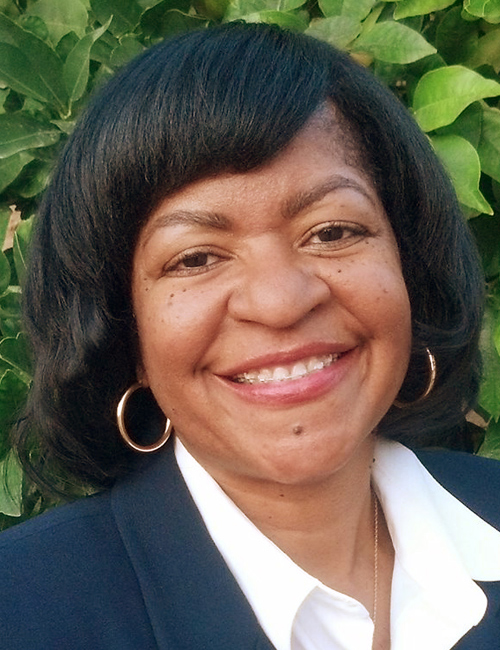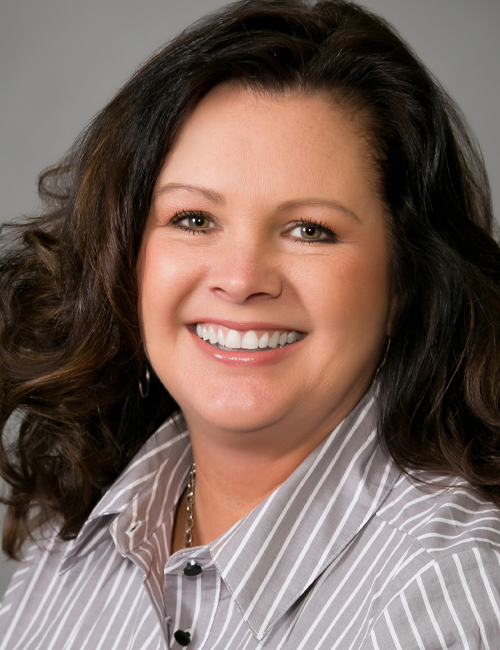



How can boards ensure success for each and every student?
Angelena: Since the start of the pandemic school board members have faced multiple issues, including the transition to online learning, returning to campus and navigating constantly changing guidelines from the federal, state and local levels, just to name a few. Now that most districts have returned to campus they face another challenge, how to address the social and emotional well-being of students while still achieving academic success for all.
In 2021, the decline in the mental health of our youth was declared a national emergency by the American Academy of Pediatrics. Still, the connection between the social-emotional well-being of students has not garnered the full attention it deserves, especially not when it comes to its impact on academic success. So, what can board members do to support social and emotional health while maintaining a strong focus on academics?
First, board members must not fear having a conversation about students’ social and emotional well-being. This topic should not be taboo. Agendize it and request information be provided on programs your district currently has in place and how they work to enhance academic success.
Next, board members must allocate funding for programs to assist students during this tumultuous time. If funding is a concern, consider establishing partnerships with local, state, federal and private agencies with programs that support emotional well-being for youth. Rowland Unified School District, through a partnership with the Department of Health, implemented a “Well Being Center” at one of their high schools. Students can utilize the center to take a break when needed, as well as obtain mental and physical health services.
Finally, don’t forget about your staff. Teachers and support staff are bearing the weight of working with students who are experiencing an emotional crisis, all while trying to mitigate learning loss. They require professional development on how they can support students, as well as how to take care of themselves; they have been through a tough time as well.
Supporting students’ social and emotional health is currently the best path towards success for every student. If students and staff are in crisis, student success cannot be achieved. Working on the social and emotional well-being of everyone at every level, and creating a healthy mindset in your district, is an investment that all boards should make. Academic success will follow.
Amy: Student success is not all about academics. In 2013, the California Department of Education implemented the Local Control Funding Formula and the Local Control and Accountability Plan, which expanded the focus on academics to include both engagement (parent, student and school climate) and conditions of learning (basic services, state standards, course access, resources for underserved student groups).
Research has shown that districts play a critical role in efforts to engage families, and that engagement should also include students, staff, families and communities. As board members, creating a shared understanding of the governance team’s value and definition of engagement is an essential component to setting direction and clear expectations. Engagement begins in the boardroom as you lead during meetings, the questions you ask and how you respond to presentations and information brought to the board’s attention. The demeanor of the board has a powerful impact — both positive and negative — on the staff and their ability to carry out the board’s direction. Ways to create an approachable board include public comment, staff reports and board study sessions. While these might seem simple, board alignment in how each happens is important to the sharing with staff and the public. Hearing public comment should go beyond just a space on the agenda to include the manner in which comment is receive by the board. Are staff reports read and recognized by the board? Lastly, is the board reflecting on its engagement activities and committing time to hear from their community?
The best way to truly understand the conditions of learning in your district is to take time to visit school sites and programs on a regular basis. Board reports can confirm teacher credentials, but seeing the condition of facilities, standards-based lessons delivered, and walking through the process for accessing courses provides a depth of understanding to the board. Another way to support student success is to look at your current board agenda to ensure students are the focus of your time.
According to The Governance Core authors Davis Campbell and Michael Fullan, “The ultimate test of success is what happens in the classroom, but the public’s understanding will be enhanced by open, authentic, communication from the board.” Are you prepared to educate others and advocate for the programs offered in your district?
Monika: The school board’s responsibility to maintain high standards when it comes to providing services for kids in a demonstrably equitable way is absolute. Yet finding ways to manage resource flows so that it’s made crystal clear — to families, to the community, to staff — that the district’s commitment to providing equitable services to students is strong and robust is no easy task. Put another way, governance teams have a tall mountain to climb when it comes to this difficult question of how to direct resources equitably in light of ever-present budgetary constraints. Effective boards welcome the challenge of finding ways to keep the focus on equity clear and present, regardless of the financial limitations.
One way boards can align their use of available financial resources specifically to deliver student services in an equity-focused way is to identify what governance structures are already in place that help fortify an equity-focused leadership posture. Are there policies already in the district’s policy manual that, if more closely adhered to, would tighten up and expand in meaningful ways the types of decision-making that support equitable services to students? What engagement opportunities have boards perhaps not fully maximized so they can both get community input and express the district’s commitment to equity principles? And are there ways trustees can require more enlightening and informative performance measures and monitoring to determine if students are being served in an authentically equitable way from administrative and staff partners?
Perhaps it cannot be emphasized enough that the district governance team, with its responsibility and privilege of directing and designating the ways in which the local educational agency’s limited budgetary resources will flow, has a unique and significant role. Boards collectively do and should embrace this important responsibility with commitment and optimism. Equally allocating resources in times of budgetary challenges? That’s not the goal. Equitably allocating resources at all times — that’s the privilege and the duty of effective school governance teams.